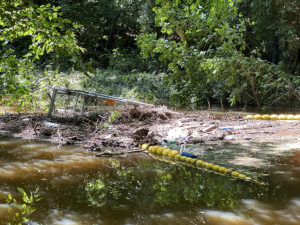News
State finds hog facility is polluting waterways
CAFOs, Environmental, Neuse River Watershed, Sound Rivers, Water Quality
Posted on July 20th, 2023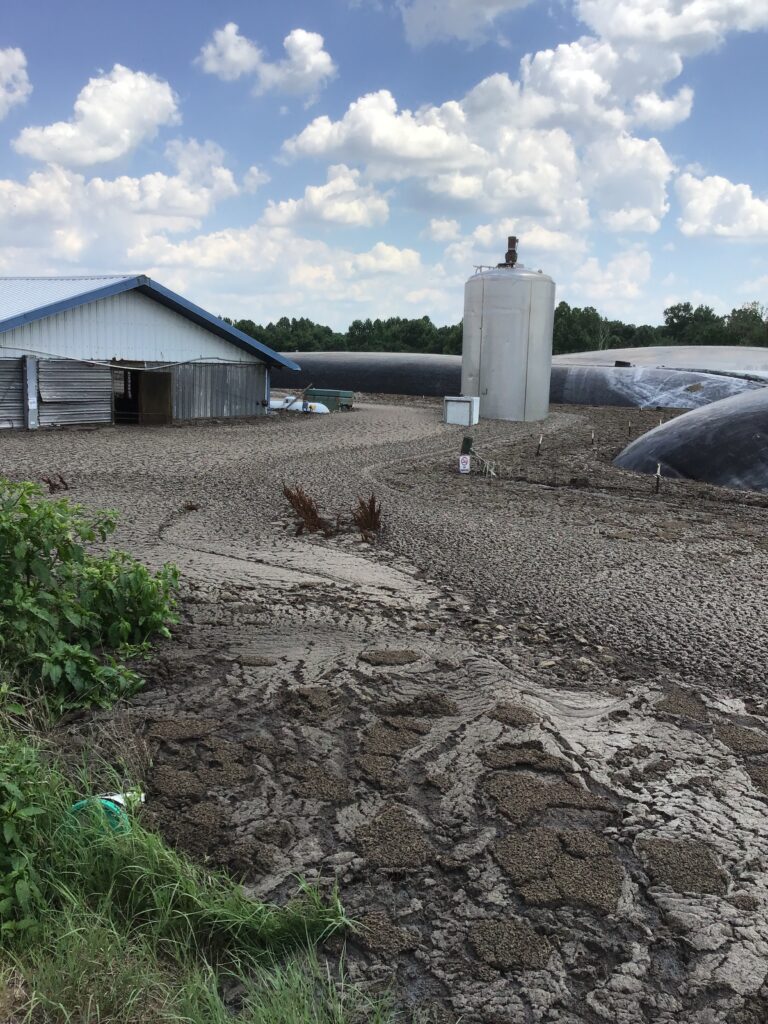
In some places, the foam made of decomposing hog waste, dead hogs and expired deli meat was more than four feet thick.
A Wayne County industrial hog facility has been given notice it violated state law for polluting water in the Neuse River watershed.
The North Carolina Department of Environmental Quality issued a notice of violation to White Oak Farms, ordering the facility undergo a comprehensive groundwater investigation and declining renewal of the operating permit, which expired in October of 2022.
The action puts a cap on a year-long investigation by Sound Rivers’ riverkeepers, which started after a hog-waste lagoon cover used to harness biogas ruptured, releasing millions of cubic feet of nutrient- and bacteria-laden “foam.” Some of that foam — a byproduct of the decomposition of hog waste, dead hogs and food waste such as hot dogs and deli meat — spilled into nearby Nahunta Swamp.
Though the state said the spill had been cleaned up, and a fine was issued to the facility for the incident, Sound Rivers Neuse Riverkeeper Samantha Krop, former Pamlico-Tar Riverkeeper Jill Howell and Water-Quality Specialist Taylor Register continued looking into whether the issue was larger than a single incident.
“Our water-sampling results in both December 2022 and March of this year indicated either previous efforts to clean up the decomposing waste were insufficient or there was a separate, ongoing pollution source coming from the facility,” Sam said.
In December 2022, Sam sent a letter to NCDEQ, sharing the test results: extremely high levels of nitrogen, fecal coliform and e. Coli bacteria in the surface water adjacent to and downstream of the facility. NCDEQ’s Division of Water Resources began its own investigation. In March, Sound Rivers shared the second round of testing results, which were just as bad, according to Sam, and samples tested for DNA pinpointed the source as hog. Later that month, DWR staff tested the water of Nahunta Swamp and an unnamed tributary of Nahunta Swamp on a weekly basis.
The result of DWR’s testing at the facility indicated the hog-waste lagoons are contaminating both groundwater and nearby surface water, according to the notice.
“Basically, what it shows is that our sampling was right,” Sam said. “Had we not followed up, gone out there and collected and tested the water, no one would know hog waste is flowing into the swamp, and probably has been for a long time. This is the danger of unlined hog-waste lagoons, and DEQ’s notice of violation, hopefully, will inspire the White Oak owners to fix their problem and stop polluting our waterways.”
Related News
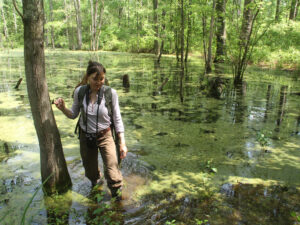
Public hearing will determine the fate of many NC wetlands
June 26th 2025
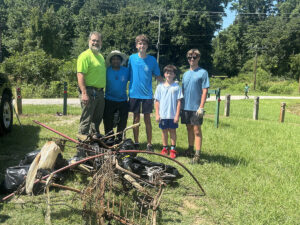
Clayton gets first official trash-trap cleanout
June 25th 2025
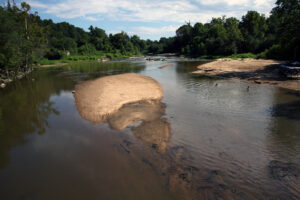
Bill passed by NC House threatens public health, environment
June 25th 2025
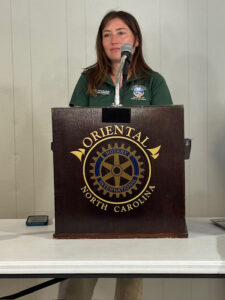
Riverkeeper talks programs with Oriental Rotary Club
June 25th 2025

Riverkeeper, intern scout Smithfield trash trap locations
June 25th 2025
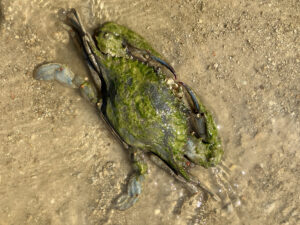
Fish kill reported on the Neuse
June 19th 2025
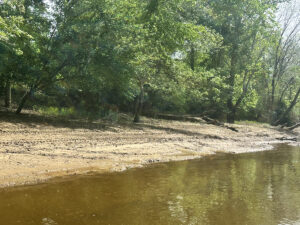
Riverkeeper meets with ATV park attorney
June 19th 2025

Riverkeeper samples scene of Rocky Mount sewer spills
June 19th 2025
